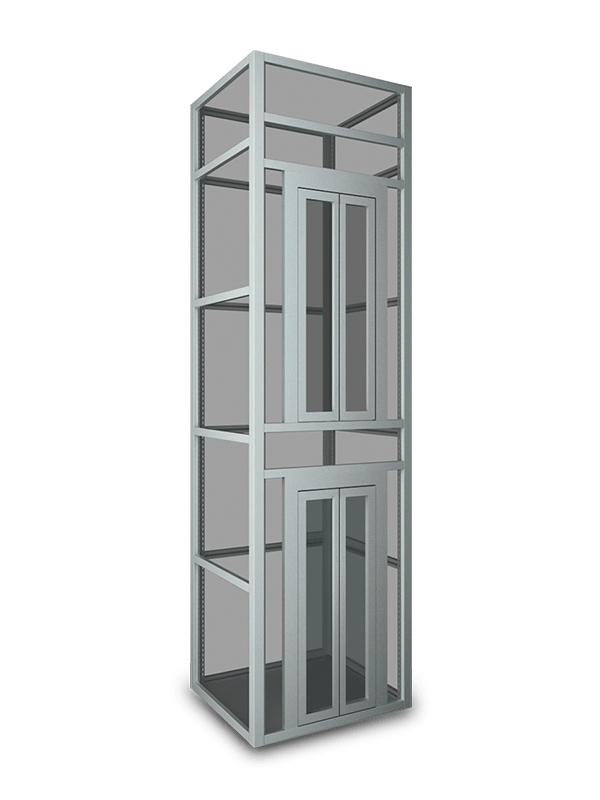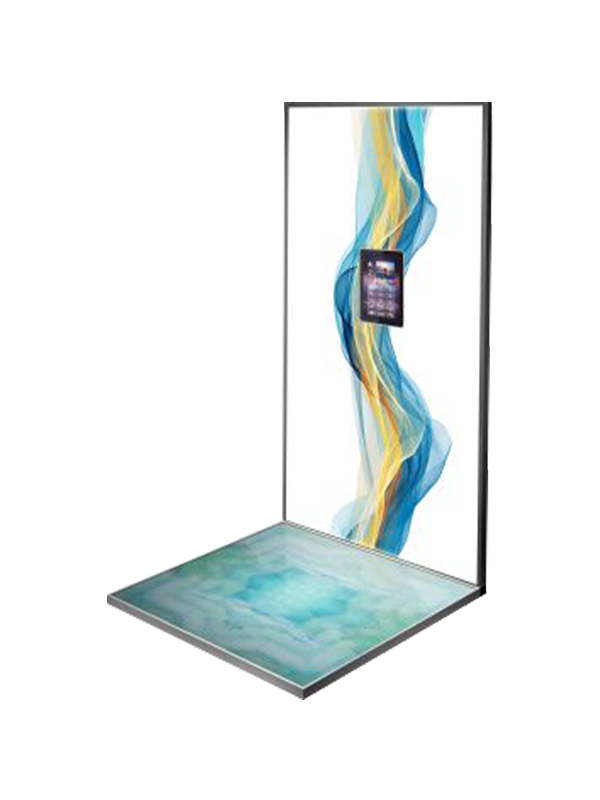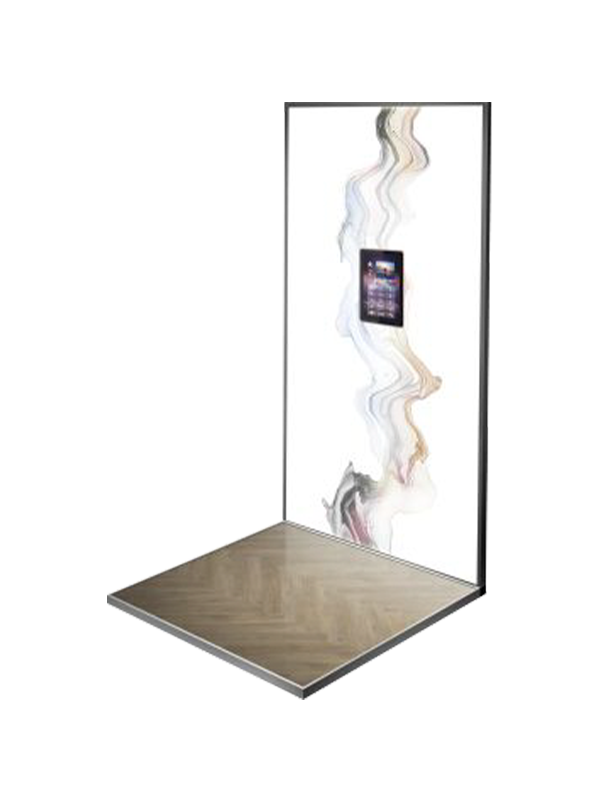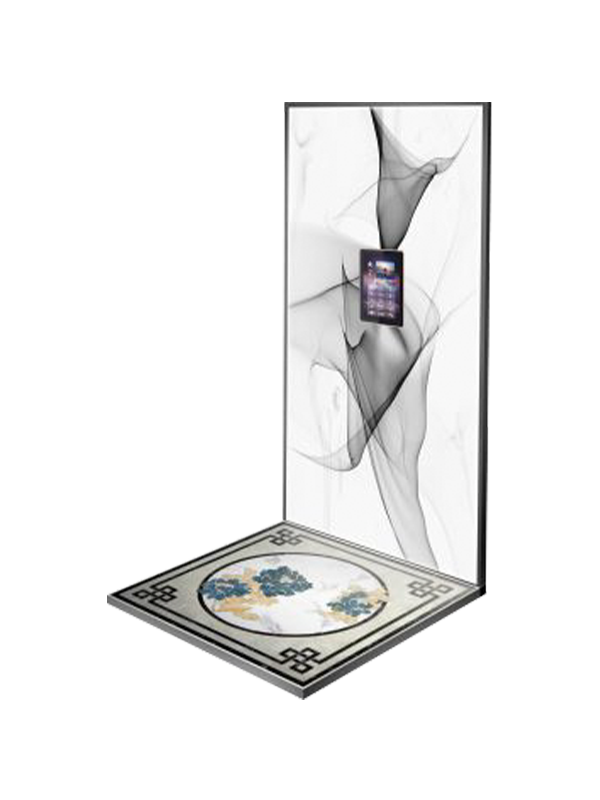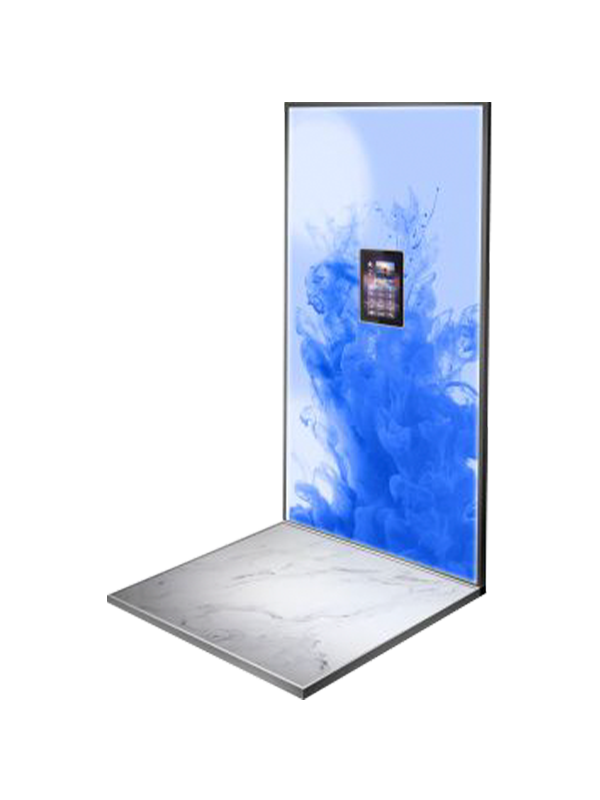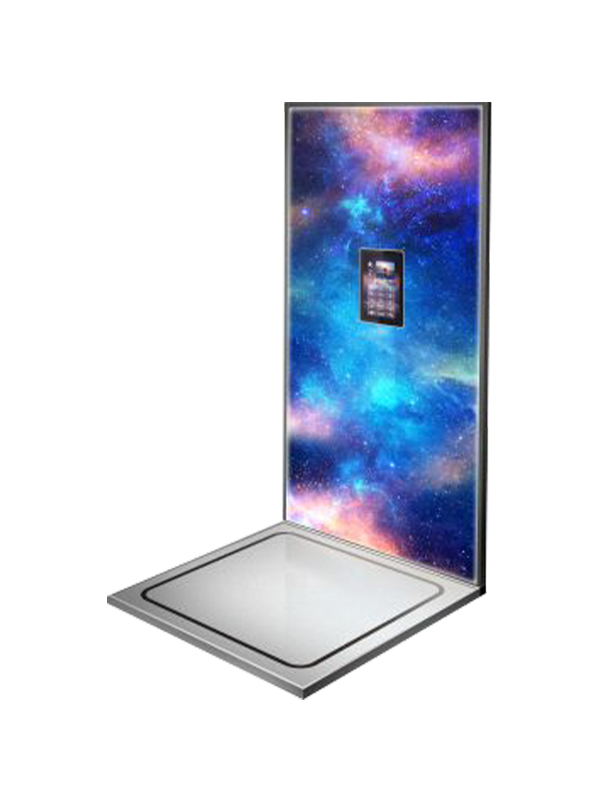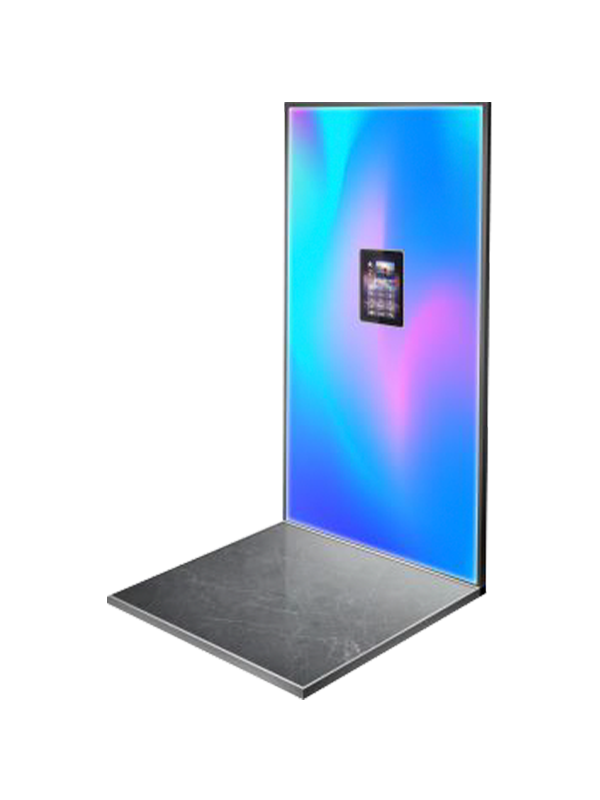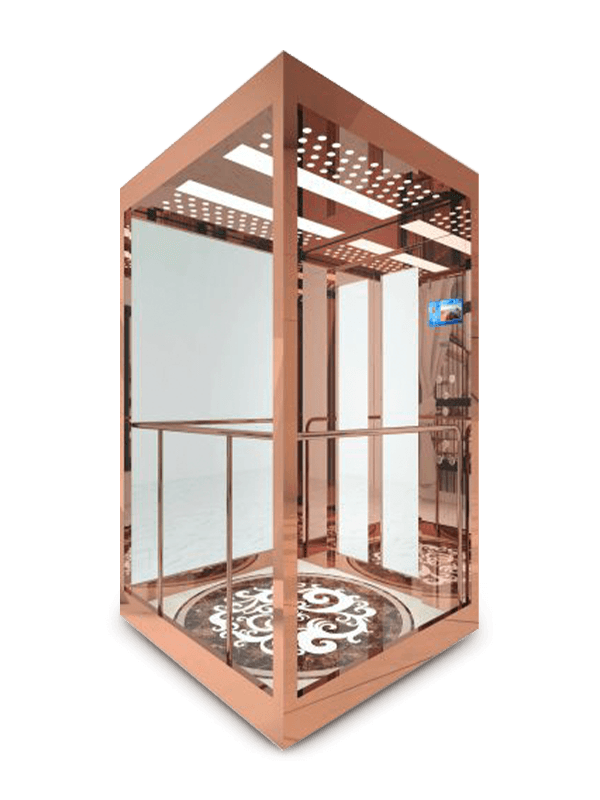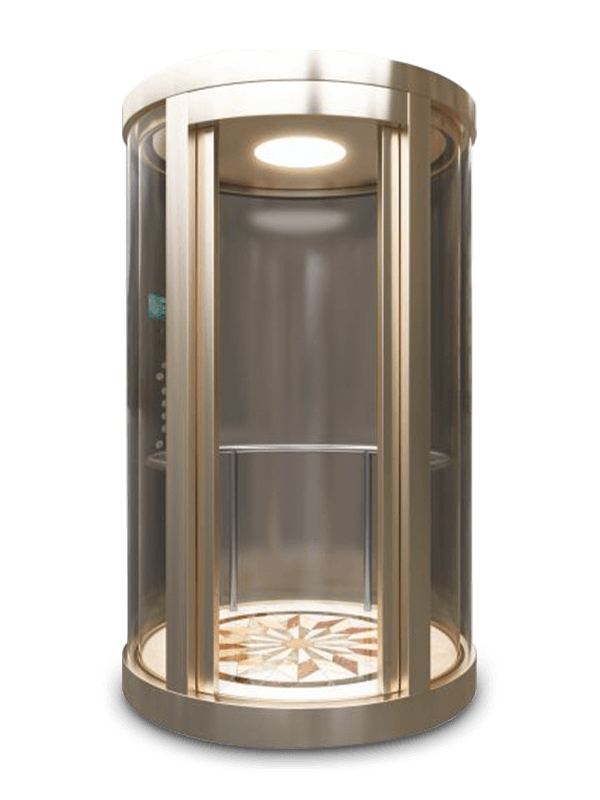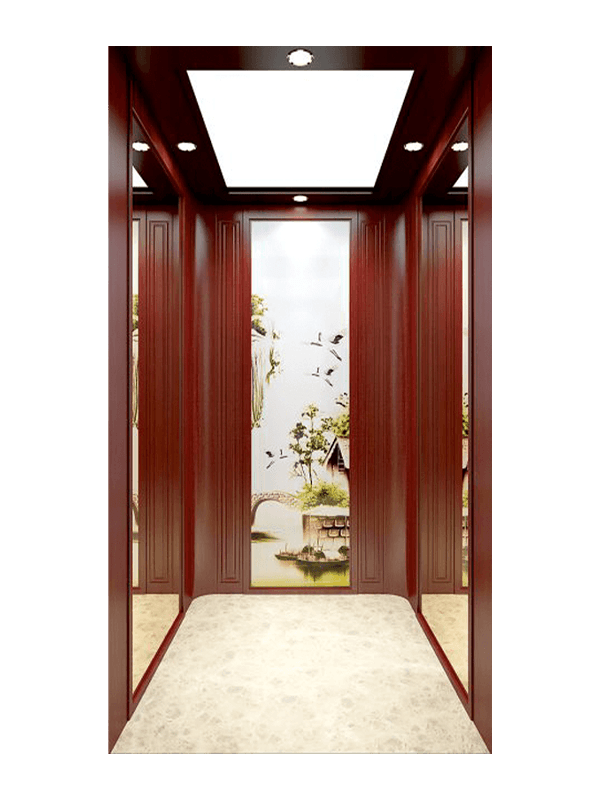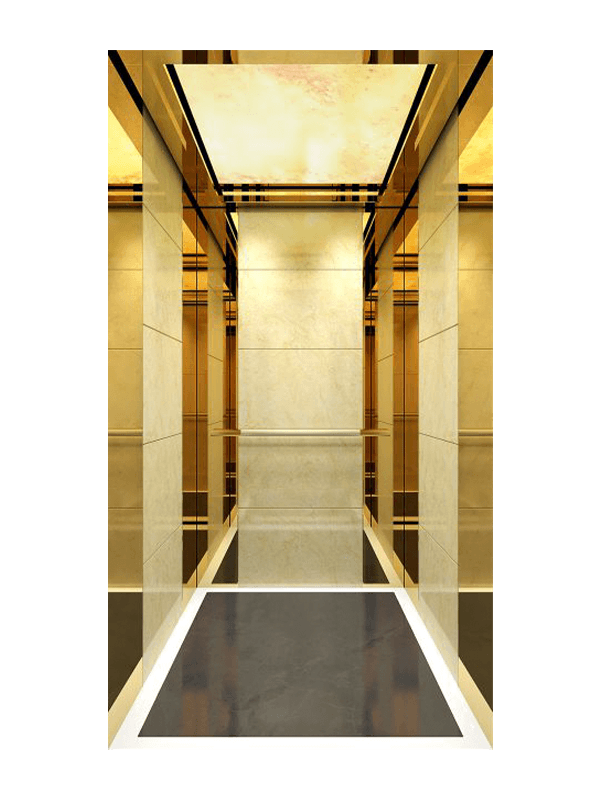In modern architecture, elevators are not merely functional components for vertical transportation; they have evolved into integral elements that contribute to the overall aesthetic and user experience of a building. The decoration of elevator cars plays a pivotal role in creating a positive impression on passengers and enhancing the building's ambiance. This article explores the various aspects of villa elevator car decoration, from material selection to lighting design, and offers insights into how to transform these often - overlooked spaces into stylish and inviting areas.
Material Selection: Balancing Aesthetics and Durability
Stainless Steel: A Timeless Choice
Stainless steel remains a popular option for elevator car decoration due to its durability, resistance to corrosion, and sleek appearance. It comes in different finishes, such as brushed, mirror, and embossed, allowing for a wide range of design possibilities. Brushed stainless steel offers a subtle, textured look that can add a touch of sophistication, while mirror - finished stainless steel creates a sense of spaciousness by reflecting light and the surrounding environment. For example, in a modern office building, brushed stainless steel walls can convey a professional and contemporary atmosphere.
Glass: Transparency and Elegance
Glass is another material that can bring a sense of lightness and elegance to elevator cars. Tempered glass is commonly used for safety reasons, and it can be clear, tinted, or etched with patterns. In commercial buildings or luxury hotels, glass walls with decorative etchings can create a visually appealing and exclusive feel. Additionally, glass can be combined with other materials, such as stainless steel frames, to enhance the overall design. For instance, a glass - enclosed elevator car with stainless steel accents in a shopping mall can attract the attention of shoppers and provide a unique viewing experience.
Wood: Warmth and Comfort
Wooden finishes can add warmth and a touch of nature to elevator cars. Different types of wood, such as oak, cherry, or walnut, offer distinct colors and grains, allowing for customization based on the building's style. However, when using wood in elevator decoration, it is crucial to consider its maintenance requirements, as wood is more susceptible to moisture and wear. In high - end residential buildings or spas, wooden paneling on the walls or ceiling of the elevator car can create a cozy and inviting atmosphere, making passengers feel more relaxed during their journey.
Other Materials: Tiles, Leather, and Textiles
Tiles, whether ceramic, porcelain, or natural stone, can be used to create unique patterns and add a luxurious touch to elevator cars. They are highly durable and easy to clean, making them suitable for high - traffic areas. Leather or textile upholstery can be applied to the walls or seats (in some cases) to create a more comfortable and sophisticated environment. These materials can be found in luxury elevators in high - end hotels or private residences, where they contribute to a sense of opulence.
Design Styles: Coordinating with the Building's Theme
Modern and Contemporary Styles
Modern and contemporary elevator car designs often feature clean lines, minimalistic elements, and a focus on functionality. Geometric shapes, bold colors, and a combination of different materials are characteristic of these styles. In a contemporary office building, an elevator car might have a black and white color scheme, with stainless steel accents and a simple, geometric - shaped ceiling light fixture. The use of smooth surfaces and a lack of excessive ornamentation create a sleek and efficient look.
Traditional and Classic Styles
Traditional and classic elevator car designs draw inspiration from historical architectural styles. They often incorporate elements such as ornate carvings, rich wood finishes, and elegant color palettes. In a historic hotel or a luxury mansion, an elevator car might be decorated with cherry wood paneling, brass accents, and a ceiling with intricate plasterwork. These designs aim to evoke a sense of timeless elegance and luxury.
Industrial Styles
Industrial - style elevator car decorations embrace the raw and unfinished look of industrial spaces. Exposed metal beams, concrete - like finishes, and utilitarian - style lighting fixtures are typical features. This style is often seen in converted industrial buildings, such as lofts or creative workspaces. An industrial - style elevator car might have a metal - grated floor, exposed bulb lights, and walls painted in a distressed, factory - like finish.
Custom and Artistic Styles
For those looking to make a unique statement, custom and artistic elevator car designs offer endless possibilities. Artists can be commissioned to create murals on the walls, or unique sculptures can be incorporated into the design. In a contemporary art museum or a trendy restaurant, an elevator car might feature a vibrant, hand - painted mural that reflects the establishment's theme or a suspended, kinetic sculpture that adds an element of movement and surprise.
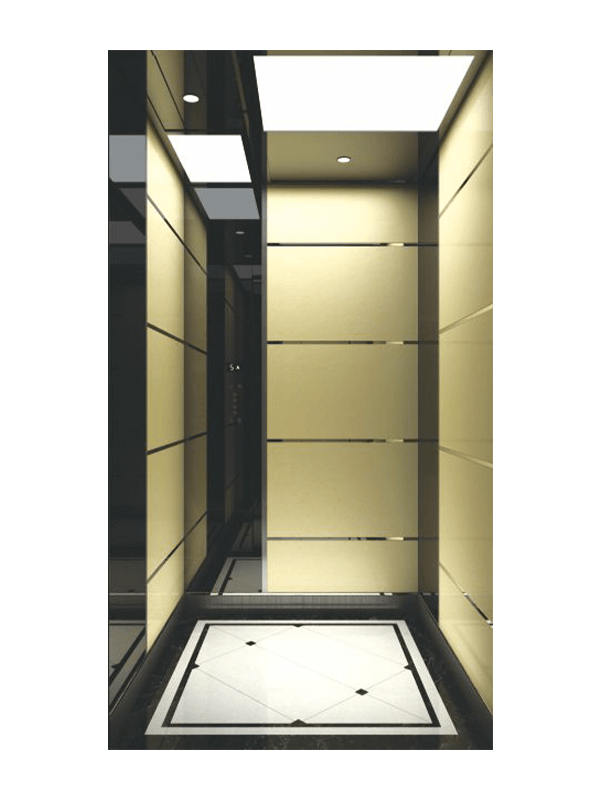
Lighting Design: Creating the Right Atmosphere
General Lighting
General lighting in elevator cars should be bright enough to ensure visibility and safety but not so harsh that it causes discomfort. LED lights are a popular choice due to their energy efficiency, long lifespan, and ability to produce different color temperatures. A soft, white light with a color temperature of around 3000K - 4000K is often ideal for creating a comfortable and inviting atmosphere. This type of lighting can be achieved through the use of recessed ceiling lights or linear LED strips.
Accent Lighting
Accent lighting can be used to highlight specific design elements within the elevator car. For example, placing small spotlights on decorative artwork, unique architectural features, or textured surfaces can draw attention to these elements and add depth to the overall design. LED strip lights can also be installed along the edges of the ceiling, walls, or floor to create a subtle, ambient glow. In a luxury elevator, accent lighting might be used to illuminate a beautiful piece of art or a custom - made handrail.
Emergency Lighting
Emergency lighting is a crucial safety feature in elevator cars. It should be designed to automatically activate in the event of a power outage and provide sufficient light for passengers to safely exit the elevator. Emergency lighting systems often use rechargeable batteries or uninterruptible power supplies (UPS) to ensure their functionality. These lights are typically installed in easily visible locations, such as near the emergency call button and at the exits of the elevator car.
Accessories and Finishing Touches
Handrails
Handrails are not only functional but also contribute to the overall aesthetic of the elevator car. They can be made from a variety of materials, including stainless steel, wood, or leather - wrapped metal. The design of the handrail should be ergonomic, providing a comfortable grip for passengers. In a modern elevator, a sleek, stainless - steel handrail with a smooth finish might be chosen, while in a traditional - style elevator, a hand - carved wooden handrail would be more appropriate.
Mirrors
Mirrors can be used to create the illusion of a larger space in elevator cars, especially in smaller ones. They can be installed on one or more walls, and their frames can be customized to match the overall design. Mirrors with decorative edges or etched patterns can add a touch of elegance. In addition to enhancing the visual appearance, mirrors also have a practical function, as they allow passengers to check their appearance during the ride.
Flooring
The choice of flooring in elevator cars is important for both safety and aesthetics. Non - slip flooring materials are essential to prevent accidents. Options include textured tiles, rubber - based flooring, or carpet with a high - traction backing. The color and pattern of the flooring should complement the rest of the decoration. For example, in a luxury hotel elevator, marble - look tiles can add a touch of luxury, while in a family - friendly building, a durable, easy - to - clean carpet might be a more practical choice.
Digital Displays and Signage
Digital displays can be used to show important information such as floor numbers, building announcements, or advertising. These displays can be integrated into the design of the elevator car in a seamless way. Signage, such as safety instructions and directional signs, should also be designed to match the overall aesthetic. They can be printed on high - quality materials and placed in easily visible locations.
Safety and Regulatory Considerations
When decorating elevator cars, it is essential to comply with safety regulations. All materials used should be fire - resistant and non - toxic. The installation of any decorative elements should not interfere with the proper functioning of the elevator's mechanical and electrical systems. Additionally, emergency exits and call buttons should always be easily accessible and clearly marked. Regular inspections should be carried out to ensure that the elevator car decoration remains in good condition and does not pose any safety risks.


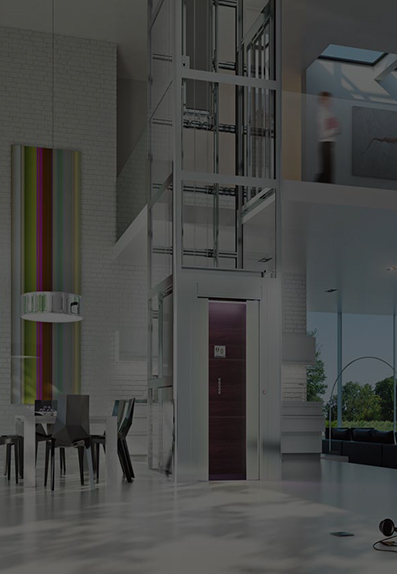
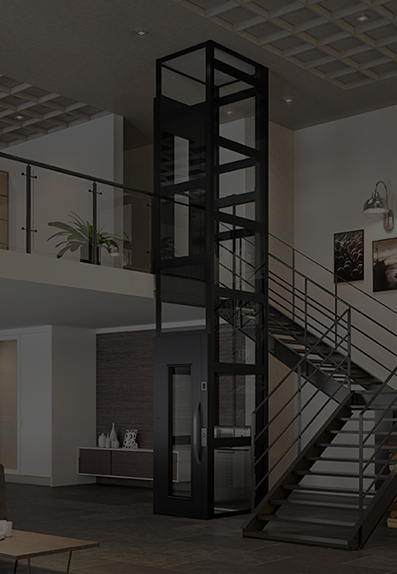

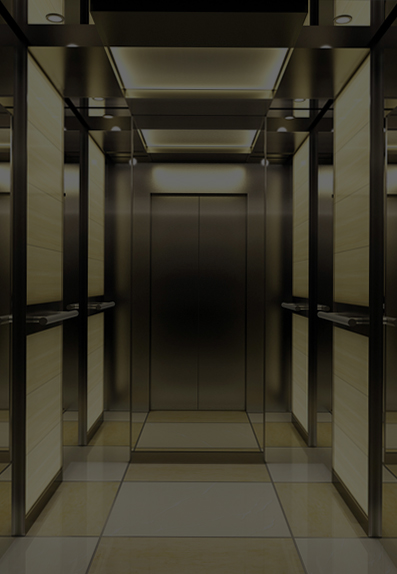
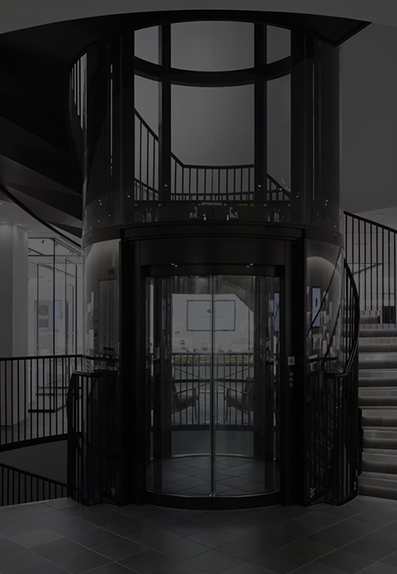
 English
English عربى
عربى Deutsch
Deutsch Español
Español Français
Français русский
русский 日本語
日本語 简体中文
简体中文
